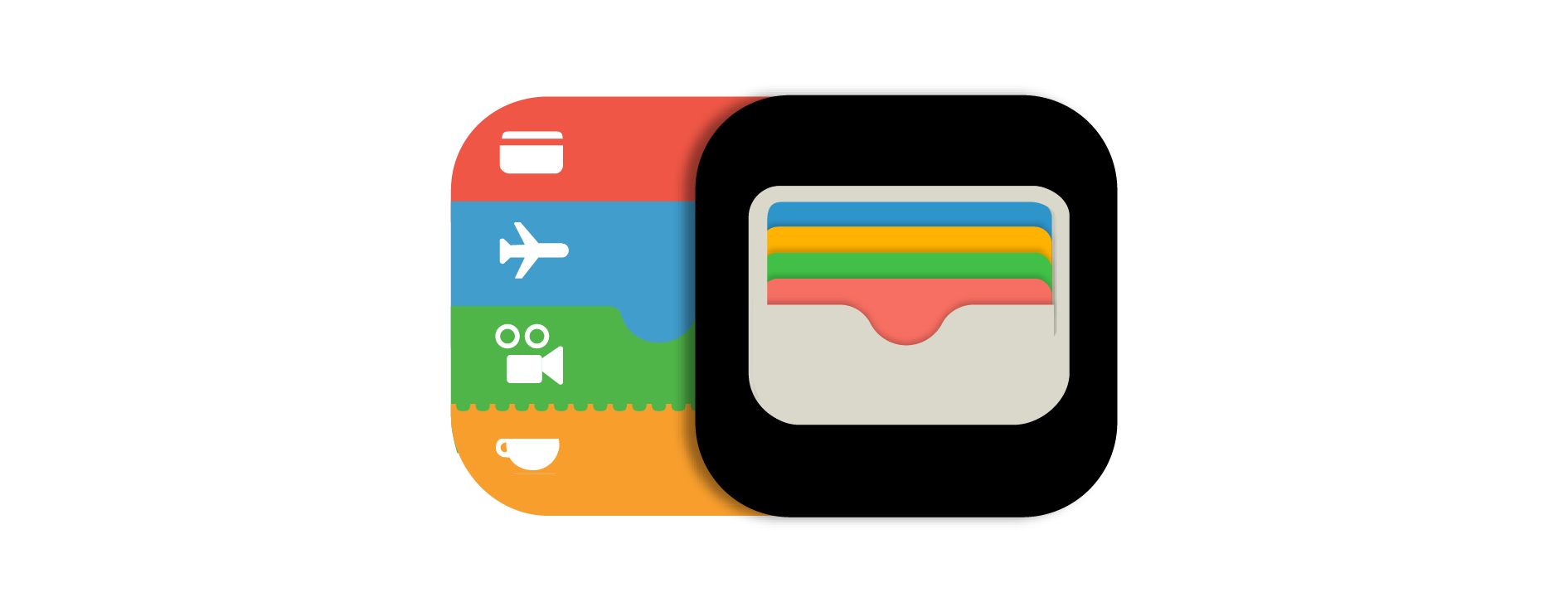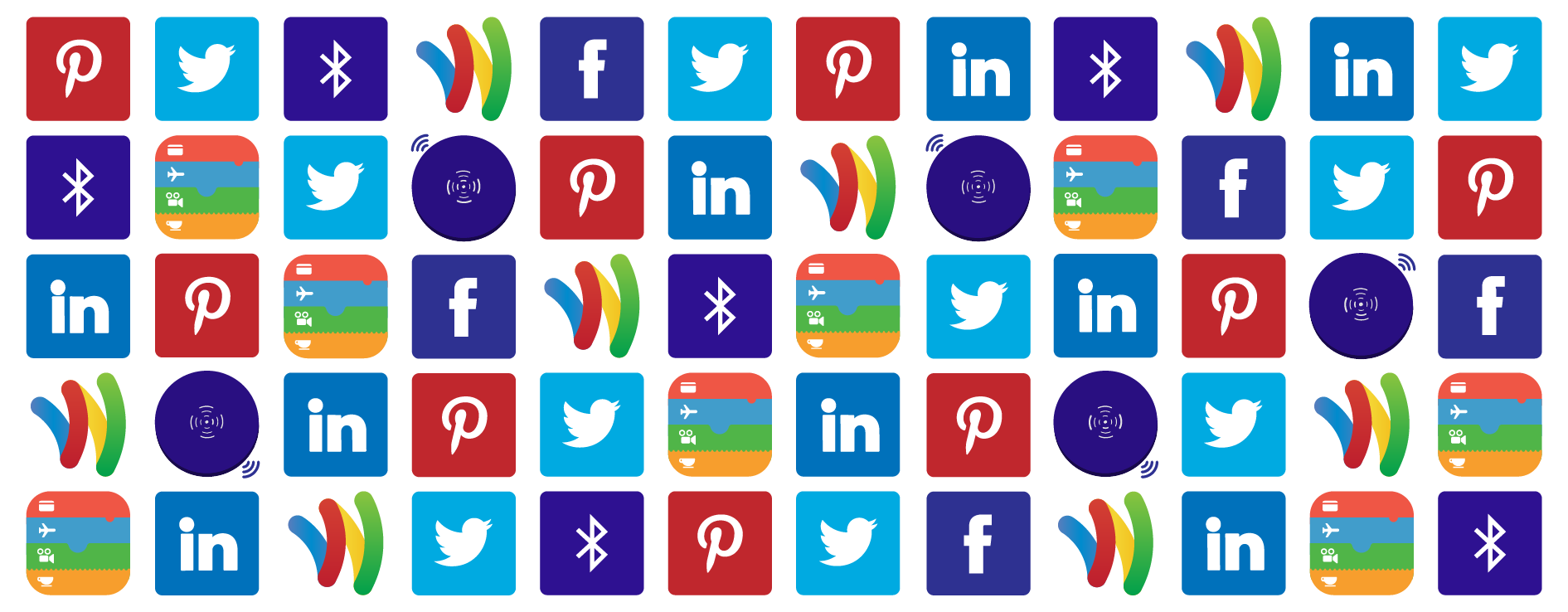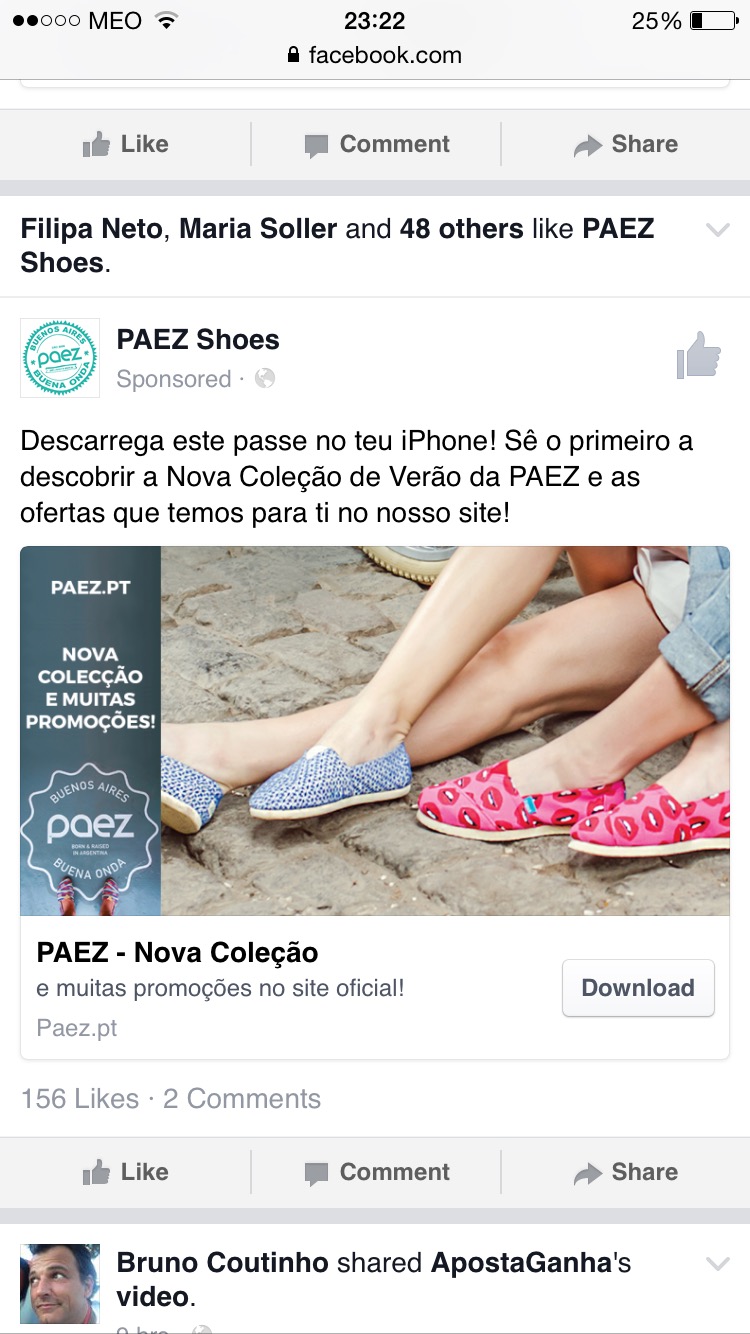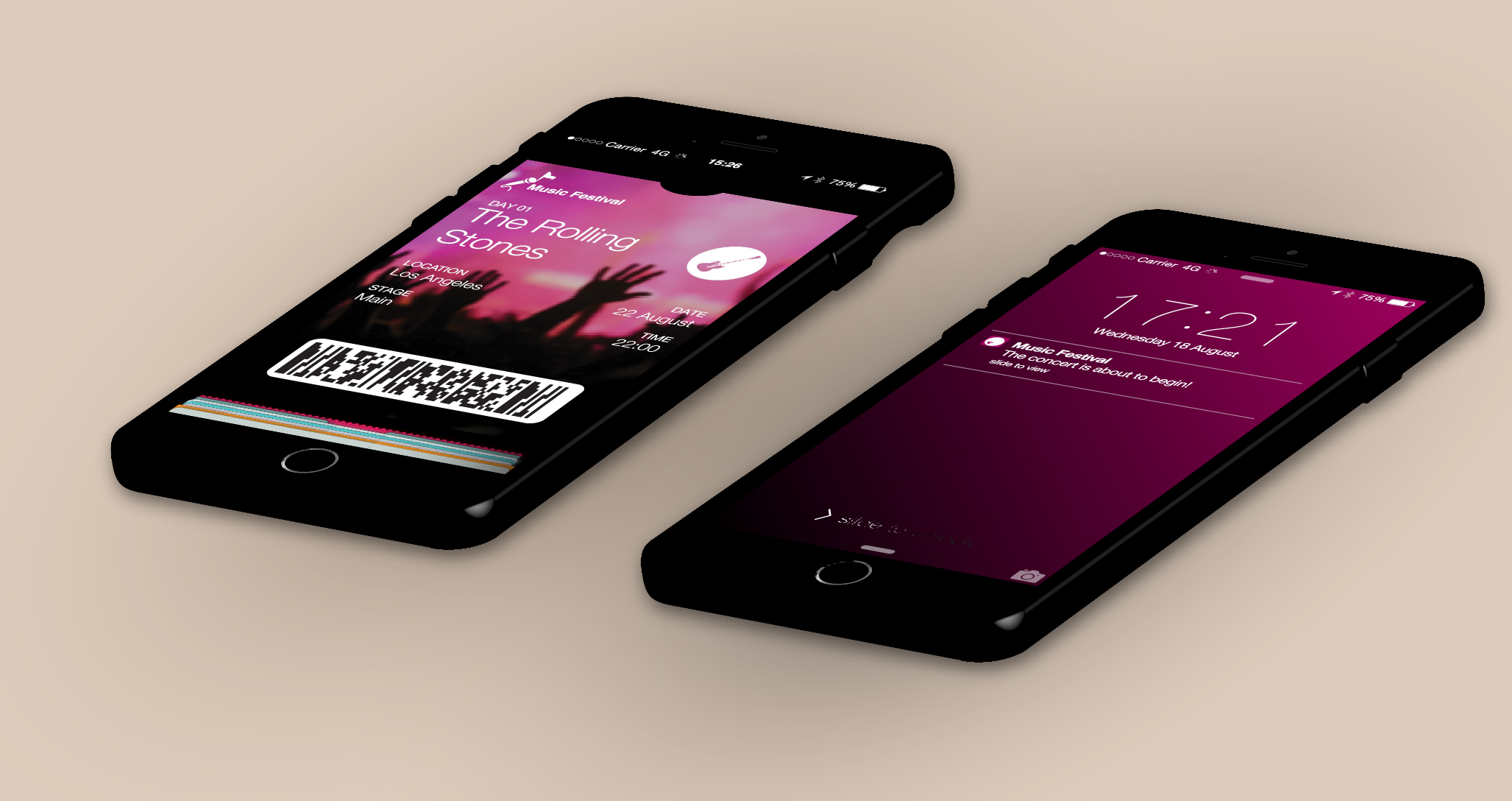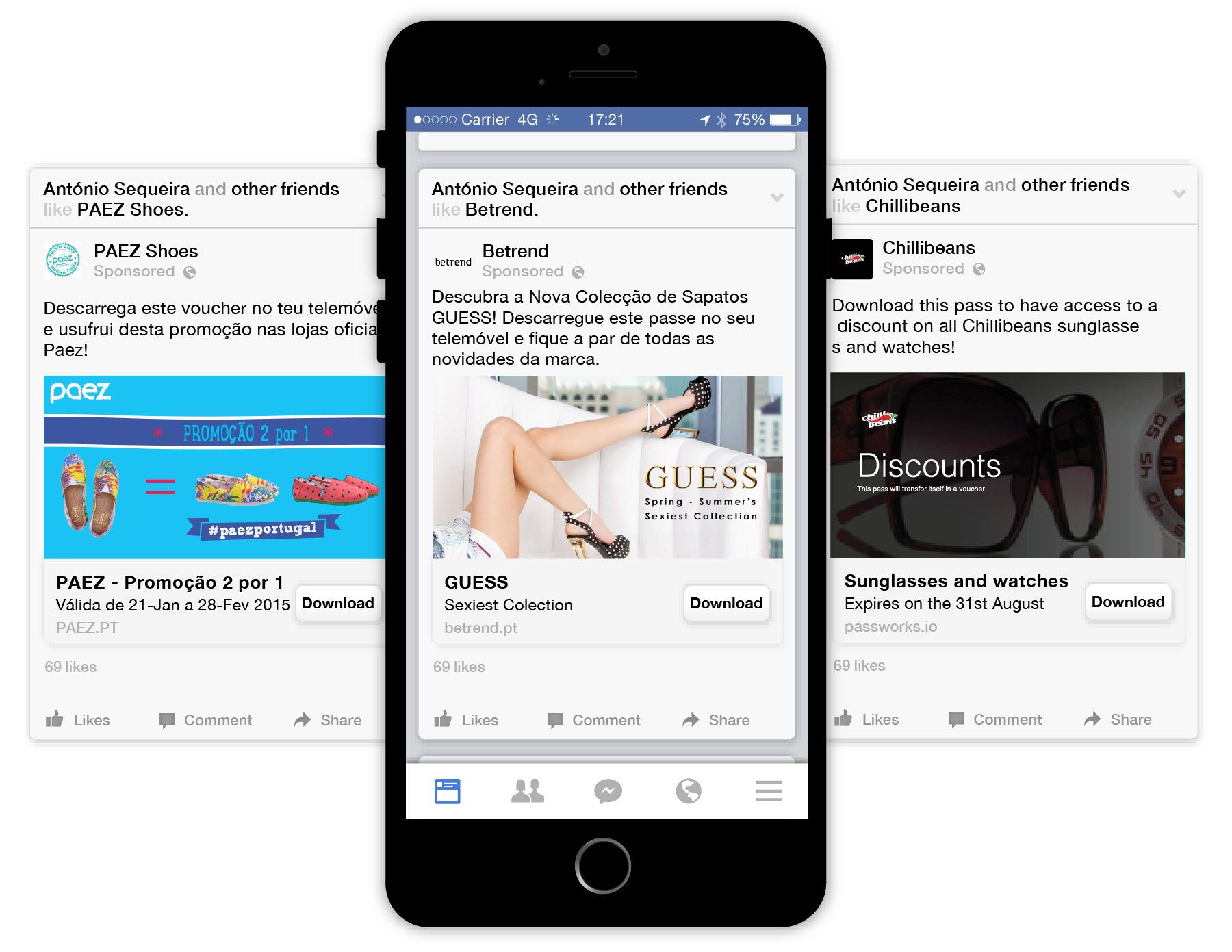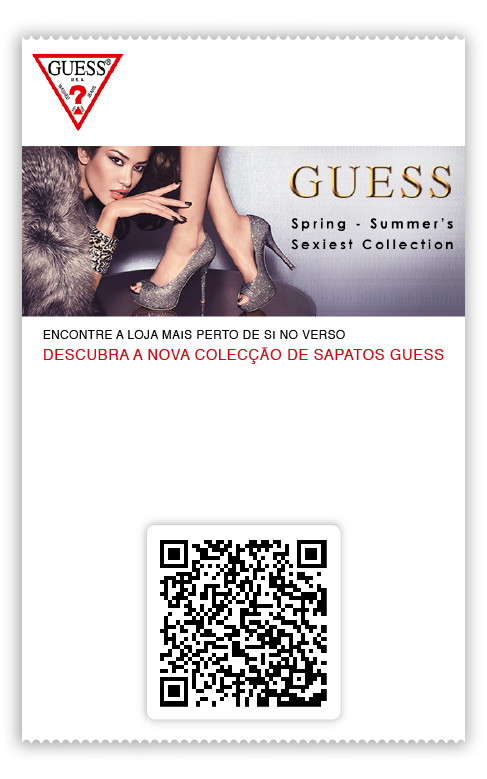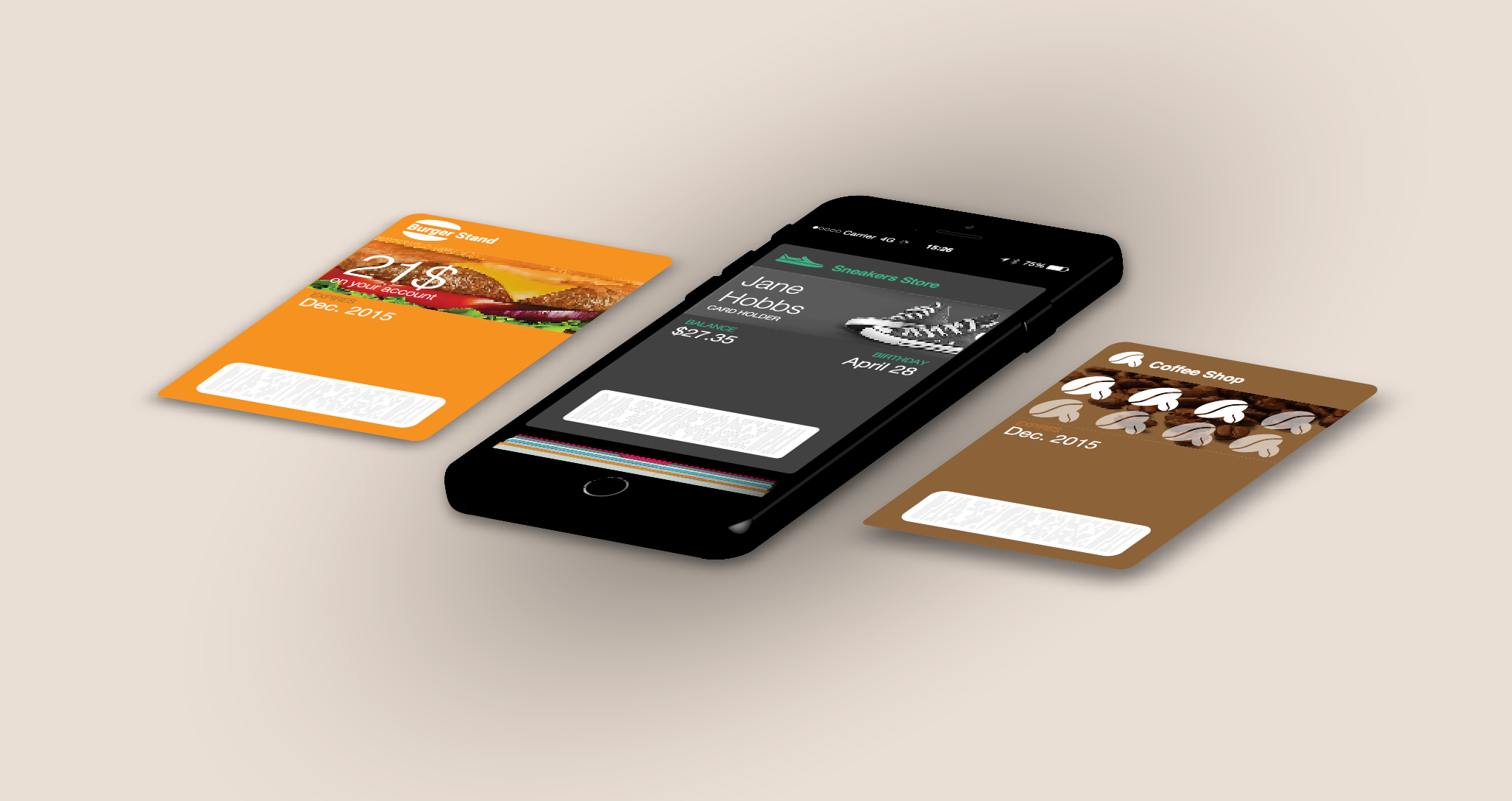— Passbook —
Apple launched Passbook App in September 2012. Passbook is a pre-installed App with the purpose of dematerializing physical cards, tickets and coupons into mobile passes and storing them into one single place.
Since 2012, the passes have been gaining awareness among several industries, with a high focus on air travel and retail. Marketers caught the eye on a huge digital marketing potential by using Passbook to engage via mobile with their customers.
However, the commercial roll out and adherence, mainly from the brand´s side, of Passbook at the beginning was slow which let to a low usage and awareness. If Passbook was like a normal wallet why couldn’t it support payments? What was the point of it?
— Apple Pay —
In September 2014, Apple announced that it was partnering with Visa, MasterCard and American Express, which allowed consumers to store their credit and debit cards and to pay through their iPhones. In October 2014, with the official launch of Apple Pay at the United States for iPhones 6 and 6 Plus, all the messages and doubts were simplified as each Apps had their own roles. Just 6 months after the launch, Apple Pay acceptance and usage was growing fast, giving consumers access to contactless payments with Apple Pay in more than 700.000 locations.
On July 2015, and after a huge success on the US, Apple Pay was launched in the UK, supporting about 70 percent of all British credit and debit cards, and services such as Post Office and other popular stores and restaurants.
— Wallet —
A physical wallet contains all types of credit and debit cards, store cards, membership cards and papers, such as coupons or boarding passes. So, it´s natural that a mobile wallet, where all the above is also stored together uses the Wallet name to communicate the same purpose: commercial transactions and relationships between the consumer and the brand. Consequentially, in 2015 with the release of the new iOS 9, Apple merged both Passbook and Apple Pay Apps into one only brand named Wallet.
With the launch of IOS 9, there is a major change which is the possibility of having a new code: EAN 128. This will allow Apple Wallet to grow faster driven by both brands and POS acceptance. In addition to this add-on, thanks to the location-based features linked to Passbook and the new iOS Maps, Wallet now knows which card you need when you’re in a given store and presents the right option. Also, these passes can now be distributed through Safari or scanned using the built-in scanner inside the App.
Starting this fall, Apple Pay will support Walgreens Balance Rewards, Kohl’s, Coca-Cola, Dunkin’ Donuts, Panera Bread, and Wegmans.
Altogether, Apple Wallet presents itself as the main mobile wallet competitor. This statement translates in offering a stronger mobile marketing opportunity for brands, with a higher reach and effectiveness that no brand should refuse.
